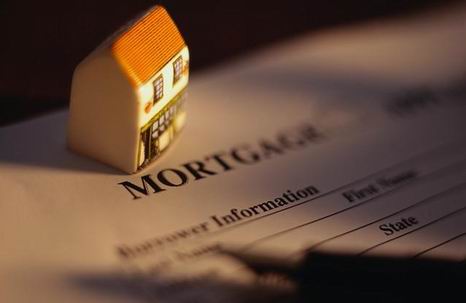The Real Unemployment Rate is 13%
You heard me correctly, the real unemployment rate of this country is 13%. So, when I say “Real” what do I mean. The U-6 rate is by far the broadest and most accurate depiction of that the unemployment rate truly is in this country. The reason I believe this is because the U-6 number includes the unemployed (those getting unemployment insurance benefits), the underemployed (those who are working but, only part time or for considerably less than before they became underemployed) and finally, the discouraged (those who have given up on looking).
My point is, the U-6 number includes a larger spectrum of what is really happening to the unemployed in this country and in my opinion, it’s why main street America isn’t feeling this economic recovery that the White House is telling us is going on. As a Realtor, I am faced each and every day with the stark reality of America’s hardship in this economy. You see, I specialize in helping homeowners try to keep their homes from foreclosure. Sure, the White House and media want to broadcast the word “recovery” but, the volume of homeowners that call me, looking for help, hasn’t slowed since 2008. In fact, it’s been rather steady.
From looking at this U-6 number, I can only summarize it’s because more and more people are just giving up. They see no hope, no light at the end of the tunnel. The number of discouraged people who have just stopped looking also explains why we see such a massive increase in the number of welfare recipients. Let’s face it, if you have given up and you feel hopeless, all your savings is gone, you used all your retirement, if you had any in the first place, you lost your home due to foreclosure….where else are you going to turn to?
All said and done, the next time you hear about the “unemployment rate” of this country, stop and take a second look at the U-6 unemployment rate, it may give you a much better understanding of what is really happening out there.

